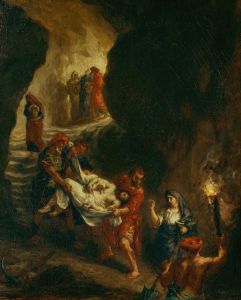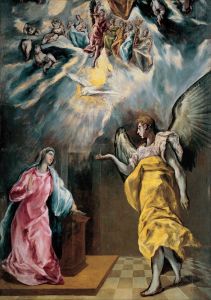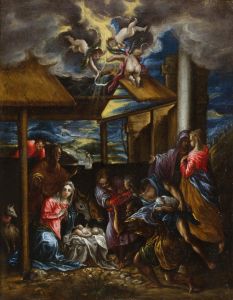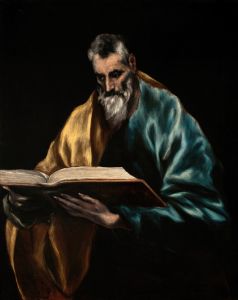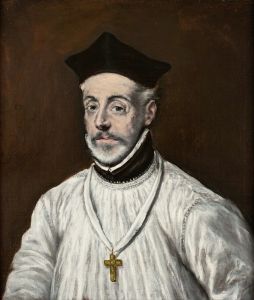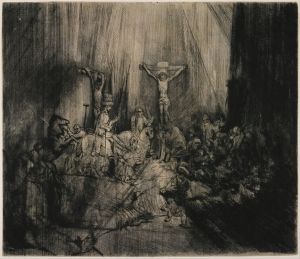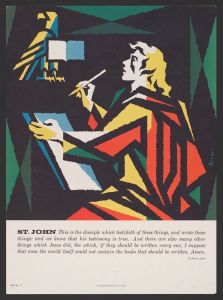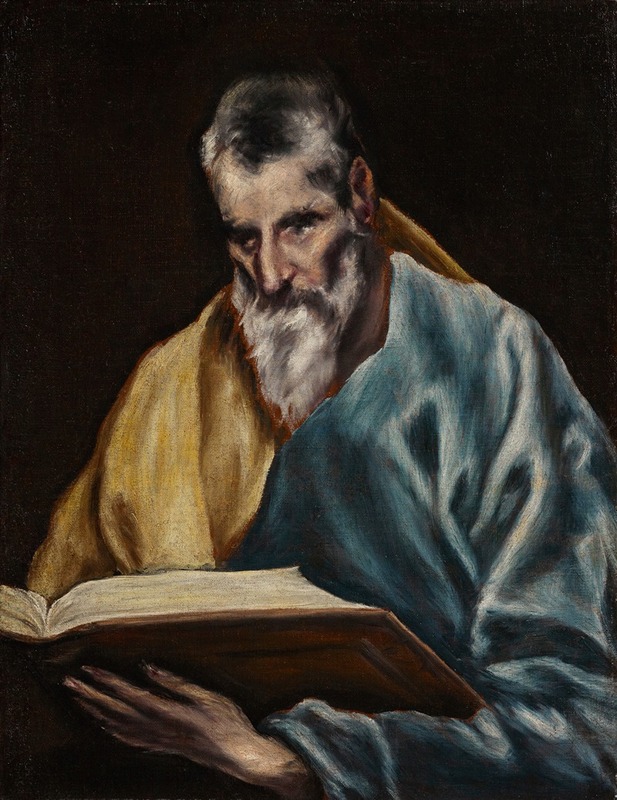
St. Simon
A hand-painted replica of El Greco (Domenikos Theotokopoulos)’s masterpiece St. Simon, meticulously crafted by professional artists to capture the true essence of the original. Each piece is created with museum-quality canvas and rare mineral pigments, carefully painted by experienced artists with delicate brushstrokes and rich, layered colors to perfectly recreate the texture of the original artwork. Unlike machine-printed reproductions, this hand-painted version brings the painting to life, infused with the artist’s emotions and skill in every stroke. Whether for personal collection or home decoration, it instantly elevates the artistic atmosphere of any space.
St. Simon is a painting by the renowned artist El Greco, whose real name was Domenikos Theotokopoulos. El Greco was a painter, sculptor, and architect of the Spanish Renaissance, known for his distinctive style that combined elements of Byzantine traditions with Western painting techniques. He was born in Crete in 1541 and later moved to Spain, where he spent the majority of his career.
The painting "St. Simon" is part of a series of portraits of the apostles created by El Greco. This series is notable for its intense emotional expression and dramatic use of color and light, which are hallmarks of El Greco's mature style. The exact date of the painting is not definitively known, but it is generally believed to have been completed between 1605 and 1610, during El Greco's later period in Toledo, Spain.
In "St. Simon," El Greco presents the apostle Simon with a sense of spiritual intensity and otherworldly presence. The figure of St. Simon is depicted with elongated features and a solemn expression, characteristics typical of El Greco's work. The apostle is shown holding a saw, which is his traditional attribute, symbolizing his martyrdom. According to Christian tradition, Simon was martyred by being sawn in half, and this tool serves as a poignant reminder of his sacrifice.
The background of the painting is relatively simple, allowing the viewer to focus on the figure of St. Simon. The use of light and shadow in the painting creates a dramatic effect, highlighting the saint's face and hands while casting the rest of the figure in a softer, more diffuse light. This technique enhances the spiritual and contemplative mood of the portrait.
El Greco's use of color in "St. Simon" is also noteworthy. The artist employs a rich palette, with deep blues, reds, and greens that add to the painting's emotional intensity. The colors are applied with a loose, expressive brushwork that gives the painting a sense of movement and vitality.
The "St. Simon" painting is currently housed in the Museo del Prado in Madrid, Spain, which holds one of the most extensive collections of El Greco's works. The Prado Museum is renowned for its collection of European art, and El Greco's paintings are among its most treasured pieces.
El Greco's portrayal of St. Simon, like his other apostle portraits, reflects his unique ability to convey deep spiritual and emotional experiences through his art. His innovative approach to composition, use of color, and dramatic lighting have left a lasting impact on the history of art, influencing numerous artists in the centuries following his death in 1614.
In summary, "St. Simon" by El Greco is a powerful example of the artist's mature style, characterized by its emotional depth, dramatic use of light and color, and expressive brushwork. The painting remains an important work within El Greco's oeuvre and continues to be celebrated for its artistic and spiritual significance.









